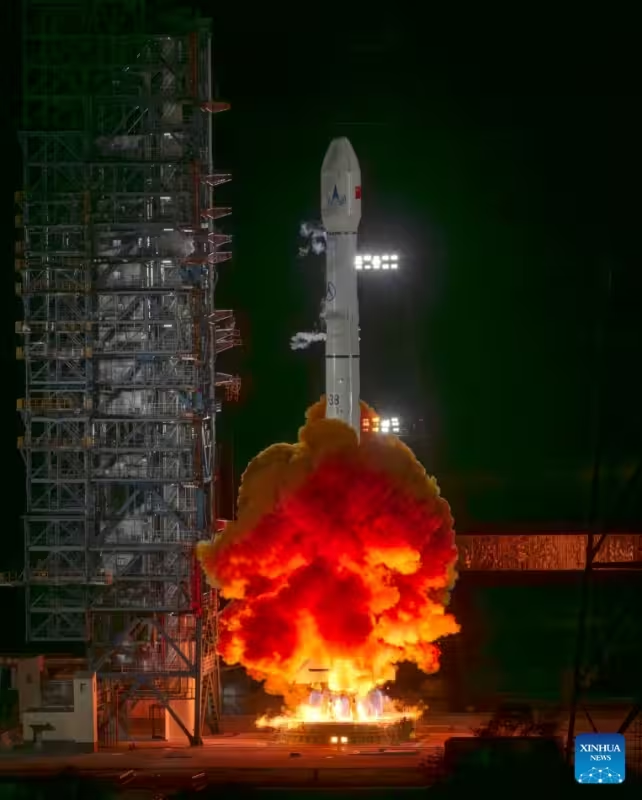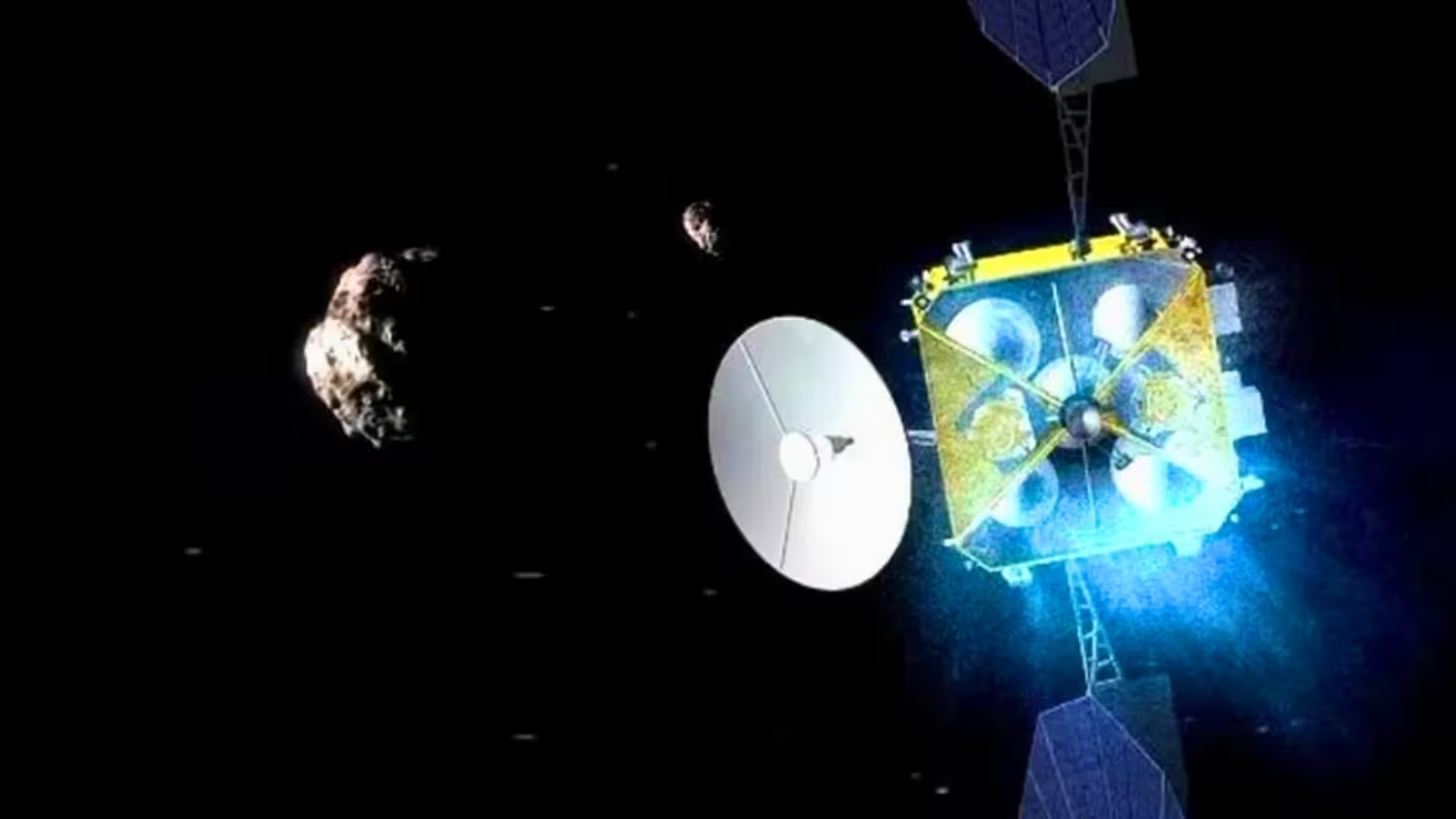4 Minutes
China Embarks on Historic Mission to Collect Asteroid Samples
China has officially begun its first ambitious attempt to collect and return samples from a near-Earth asteroid, marking a significant milestone in space exploration. The Tianwen-2 probe, launched atop a Long March-3B rocket from the Xichang Satellite Launch Center in Sichuan province at 1:31 am local time (1731 GMT), represents a key advance in China's fast-growing space program.
Mission Objectives: Exploring a 'Living Fossil' of the Solar System
According to the China National Space Administration (CNSA), Tianwen-2 is set to rendezvous with asteroid 2016 HO3, a small body discovered by Hawaii-based researchers in 2016. Measuring roughly 40 to 100 meters (130–330 feet) across, this asteroid orbits relatively close to Earth. Scientists refer to 2016 HO3 as a "living fossil" because its composition is thought to preserve primitive materials from the early formation of the Solar System. By returning samples from this body, researchers hope to unlock vital clues about the solar system's origins and the building blocks that eventually led to planetary formation.
Tianwen-2 also aims to study comet 311P, an object of particular scientific interest due to its unusual dual features—while it orbits between Mars and Jupiter like a typical comet, it displays traits more commonly associated with asteroids. Studying these bodies can help distinguish between the evolutionary pathways of comets and asteroids, offering deeper understanding of planetary science and solar system history.

Technical Milestones and Mission Duration
Roughly 18 minutes after liftoff, Tianwen-2 successfully entered a transfer orbit directed toward 2016 HO3, with CNSA confirming the probe's solar panels deployed smoothly and the spacecraft's launch was fully successful. The entire mission is expected to span about a decade, making it one of the most extended and technically challenging endeavors undertaken by China's space engineers.
Although the mission faces considerable technical and logistical risks due to its long-distance nature and complexity, CNSA officials have voiced optimism about the prospect of "groundbreaking discoveries" that could broaden our cosmic understanding. If successful, Tianwen-2 will place China alongside a select group of nations, such as Japan and the United States, that have succeeded in asteroid sample-return missions.
China's Expanding Space Ambitions
The Tianwen-2 mission is only the latest chapter in China's rapidly expanding space program. Over recent years, China has invested billions in space technology, culminating in significant achievements such as the operation of its permanent space station, Tiangong—which means "celestial palace" in Mandarin. The program previously made headlines for landing robotic vehicles on both the Moon and Mars and plans a human mission to the lunar surface within this decade. Most recently, as part of the Shenzhou-20 mission, China sent three astronauts to Tiangong for a six-month stay, further cementing its position as a global space power.
Conclusion
The Tianwen-2 mission underscores China's commitment to pioneering scientific exploration and technological innovation in space. By targeting asteroid 2016 HO3 and comet 311P, the mission has the potential to yield extraordinary insights into the origins of our solar system and the universal processes that shaped planetary bodies. As the mission unfolds over the upcoming decade, scientists around the world will be watching closely for discoveries that could transform our understanding of the cosmos.


Leave a Comment